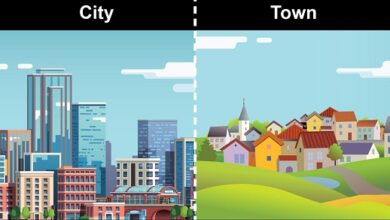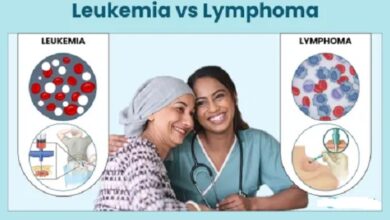Difference between homozygous and heterozygous Similarities and FAQs
Homozygous and heterozygous
In this article we will provide you the difference between homozygous and heterozygous Similarities and FAQs.
What does homozygous mean?
Homozygous is a genetic term that refers to a pair of identical genes located at the same loci (positions) on each of the two copies of the chromosome. This means that both copies contain the same allele and therefore produce the same protein. Compared to heterozygous individuals , which possess different alleles for the same locus, homozygotes are much more likely to express similar phenotypes due to the presence of two identical versions of the externally visible gene. For example, some people may be homozygous for blue eye since all their alleles for this selected trait are equally “blue”.
What does heterozygous mean?
The word heterozygous , also known as a mixed allele, refers to an individual that has two different forms of a particular gene. This person has different genetic variants for the same gene, called alleles . An example is blood types O and A. If someone inherits the O and A alleles from her parent, he would be considered a heterozygote . Heterozygotes are important because they can pass both alleles to their offspring, thus maintaining genetic diversity within populations.
Similarities Between Homozygous and Heterozygous
The words homozygous and heterozygous refer to the different types of genes present in an organism, specifically the number of versions or alleles they have. A homozygote indicates that the organism has two identical alleles for the same gene, while a heterozygote means that there are two different versions of that gene. The similarities between both words are: both are related to genetic inheritance; represent the genetic characteristics of individuals; and explain how the organism’s genetic material is made up.
Enhance your reading: Difference between lipoma and liposarcoma Similarities and FAQs
Differences between homozygous and heterozygous
The words homozygous and heterozygous refer to the two types of alleles that a gene can have. A homozygous is one who has two identical copies of the same allele in the gene pair, while a heterozygous contains two different alleles for the same gene pair. This difference between the two is important because it will determine what inherited characteristics the offspring will have: if they are homozygous, they will receive the heritable traits associated with the allele in question; but if they are heterozygous, individuals could manifest any of the characteristics associated with this pair of genes.
Frequent questions
What is being homozygous?
Being homozygous means that an individual has two of the same alleles for a given gene. This occurs when the organism inherits the same allele from each parent for that gene, for example, AA or aa.
What is homozygous and heterozygous examples?
Homozygous: an individual with two identical alleles for a certain trait. Example: TT, indicating that the individual has two copies of the T allele.Heterozygous: An individual with two different alleles for a given trait. Example: Tt, which means that the individual has one copy of the T allele and one copy of t.
What is heterozygous of an example?
A heterozygote is an individual that has two different alleles for the same gene. An example would be the eye color gene, where an individual may have dominant alleles for brown eyes and recessive alleles for blue eyes. This individual would then be heterozygous because it has both types of alleles for the eye color gene.
How to know if an individual is homozygous or heterozygous?
To know if an individual is homozygous or heterozygous, its genotype must be examined. An individual is homozygous if they have two copies of the same allele for a certain trait; for example, AA or aa. Conversely, an individual is heterozygous if it has two different alleles for the same trait; for example ah.
What is heterozygous examples?
The heterozygote is a genetic form that occurs when two different alleles are present in the same cell. For example, if there is one allele for brown eyes and one for blue eyes, the individual will be heterozygous for eyes. Another example is blood group AB, which is also a type of heterozygote because it has two alleles: A and B.
What is homozygous and heterozygous examples?
Homozygous: A homozygous organism is one that has two identical copies of the same gene on one pair of chromosomes. For example, if an individual has version A of the gene for eye color and its chromosomal partner also contains version A, then this individual would be homozygous for eye color. Heterozygous: A heterozygous organism is one that has two different versions (A and B) of the same gene on a pair of chromosomes. For example, if an individual has version A of the gene for eye color and its chromosomal partner contains version B, then that individual would be heterozygous for eye color.
How does the homozygote work?
A homozygote is a genetically identical organism. This means that their genes have been inherited directly from their parents, without mutation or recombination. The chromosomes in a homozygote are exactly the same and contain the same genetic information. This often results in similar characteristics between individuals with the same type of homozygotes. For example, two people with the same genes for black hair will have black hair similar to each other, but different from the brown hair of someone with a different set of genes for hair color.
What is a homozygous recessive?
A recessive homozygote is an individual that has two of the same alleles for a certain gene, and both are of the recessive type. This combination of genes means that the recessive trait will show up in the individual’s phenotypic expression.




